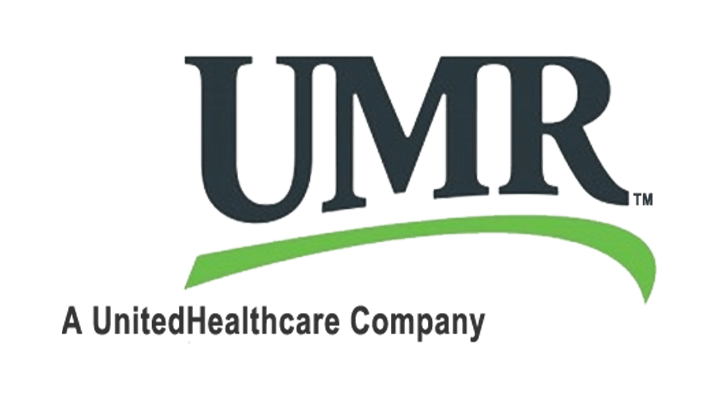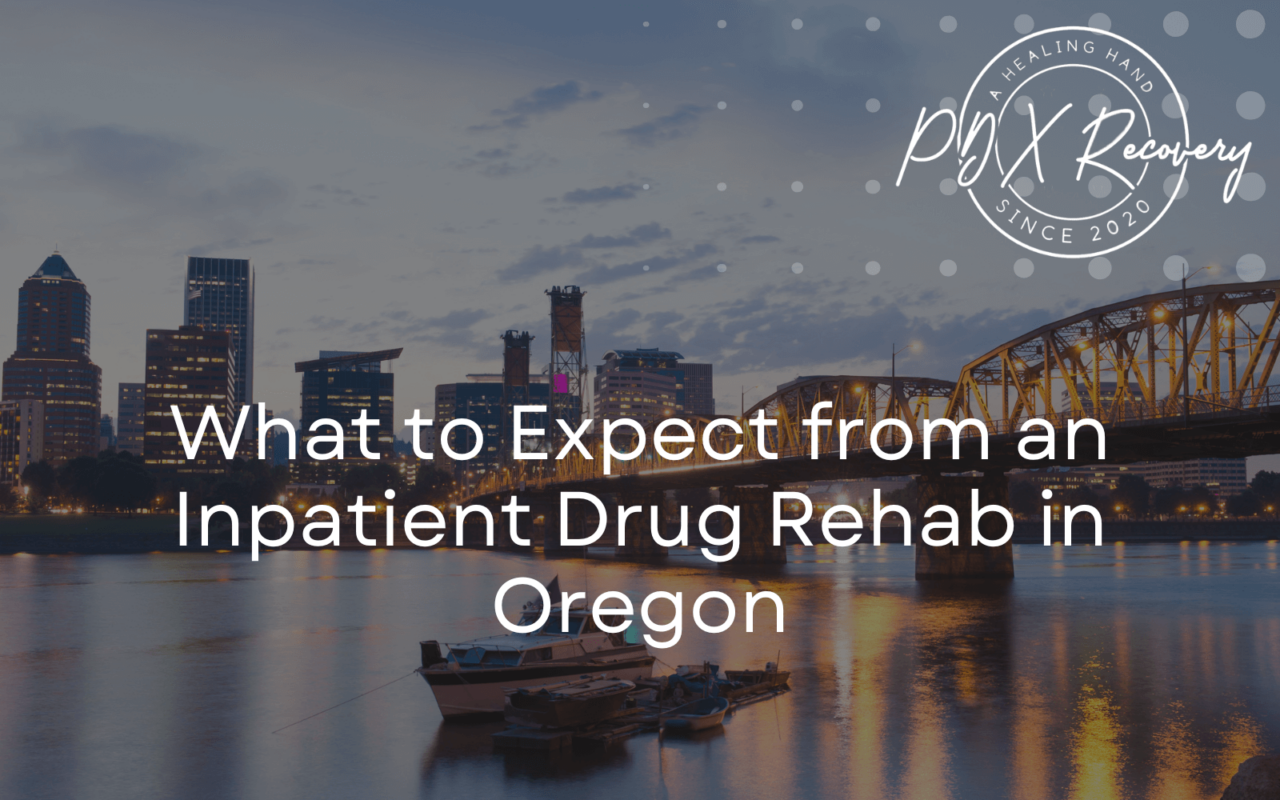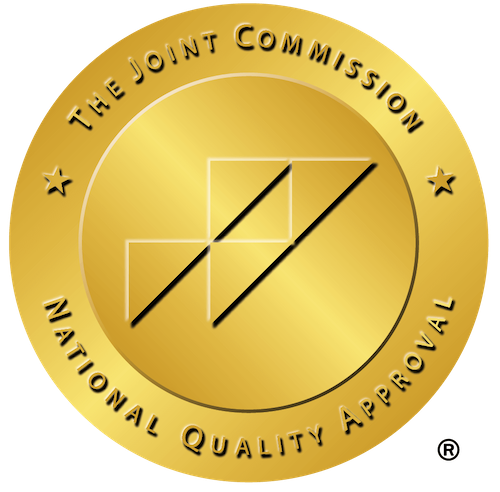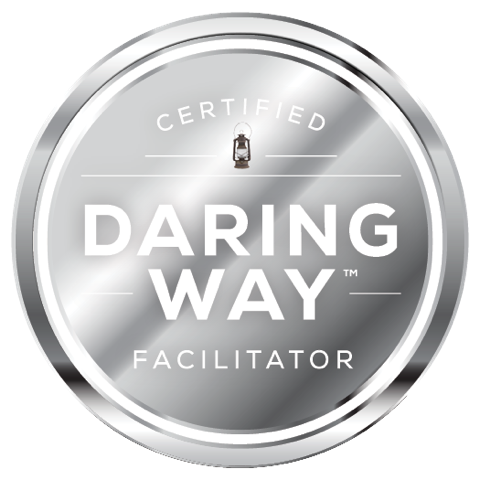Inpatient Drug Rehab in Oregon
Addiction is a complex and often life-altering disease, one that affects not just the individual but their family, friends, and community. It can lead to strained relationships, financial struggles, and physical and mental health challenges, creating a ripple effect that impacts many lives. Recovery can feel daunting and overwhelming, but inpatient drug rehab offers a structured and supportive environment designed to help individuals overcome addiction and reclaim control over their lives. These programs provide around-the-clock care, professional guidance, and a safe space to focus entirely on recovery without outside distractions or triggers. If you or someone you care about is considering an inpatient drug rehab in Oregon, understanding what to expect can alleviate uncertainty and provide clarity about the process. This guide outlines everything you need to know about inpatient rehabilitation to make an informed and confident decision for yourself or a loved one.
Why Choose an Inpatient Drug Rehab in Oregon?
Oregon is home to a growing number of reputable inpatient drug rehab centers. Known for its stunning natural beauty and focus on holistic healthcare, the state offers a unique setting for recovery. Here are some reasons why individuals choose inpatient drug rehab in Oregon specifically:
- Holistic Treatment Approach – Many rehab centers incorporate Oregon’s natural environment into treatment programs, offering activities such as hiking or meditation in serene surroundings.
- Expert Care – Oregon is home to certified addiction specialists and evidence-based centers with credentials from organizations like the Joint Commission.
- Tailored Programs – These facilities are equipped to handle a wide range of addictions, including drug and alcohol abuse, with individualized care plans.
- Covered by Insurance – Most inpatient rehab facilities in Oregon accept private insurance, Medicaid, and Medicare, making treatment accessible.
Understanding the benefits of Oregon-based inpatient programs makes it easier to visualize recovery in a safe and supportive environment.
The Admission Process
Many people ask, “What’s the first step in going to rehab?” It’s an important question, as understanding the process can make the decision less overwhelming. While each rehab facility may have slightly different approaches tailored to their programs, the general admission process typically includes several key steps. These might involve an initial consultation or phone call to discuss your needs, an assessment to determine the right treatment plan, and completing the necessary paperwork to begin your journey toward recovery. By taking these first steps, you’re setting the foundation for a healthier and more fulfilling future.
1. Initial Consultation
This step generally happens through a phone call or online form. A trained specialist will ask questions about:
- Your substance use history, including the types of substances used, frequency, and duration of use, as well as any previous attempts to reduce or quit.
- Any co-occurring mental health conditions that may impact the individual’s overall well-being or require additional support.
- Your personal or family health history, including any past medical conditions, chronic illnesses, or genetic predispositions that may impact your overall well-being.
This initial contact ensures the program is the right fit.
2. Verification of Insurance
Once your needs are assessed, most rehab centers take the next step of verifying your insurance coverage to provide a clear understanding of treatment costs. This process ensures transparency, helping you plan for your recovery without unexpected financial surprises. Many facilities in Oregon work closely with major insurance providers, such as Kaiser Permanente, Blue Cross Blue Shield, and UnitedHealthcare, to make treatment more accessible. Some centers may also explore additional payment options or financial assistance programs to further support individuals in receiving the care they need.
3. Pre-Admission Assessment
Before starting treatment, you’ll undergo a comprehensive health evaluation conducted by experienced addiction specialists. This evaluation includes a detailed review of your medical history, mental health, and substance use patterns. Clinical assessments, such as physical exams and psychological screenings, help determine the best treatment plan tailored to your unique circumstances and needs. This personalized approach ensures you receive the most effective care for your recovery journey.
What Happens During Treatment?
An inpatient program provides 24/7 care in a highly structured and supportive environment, tailored to help individuals focus entirely on achieving and maintaining sobriety. These programs are designed to remove distractions and provide a safe space for recovery, offering constant medical supervision and emotional support. Participants can expect a well-organized daily schedule that may include individual therapy, group counseling sessions, educational workshops, and holistic activities like yoga or art therapy. Here’s a detailed breakdown of the daily structure and the therapies you can expect to experience in an inpatient setting.
Daily Structure and Routine
Consistency is crucial during recovery. Most programs follow structured schedules that include mealtimes, therapy sessions, group activities, and designated relaxation periods. A typical day might include:
- Morning meditation or mindfulness exercises (9 AM): Start your day with 15-20 minutes of calm, focusing on your breath or practicing mindfulness to center yourself and set a positive tone for the day ahead.
- Cognitive Behavioral Therapy (CBT) sessions at 10 AM, focusing on practical strategies to manage thoughts, emotions, and behaviors effectively.
- Group therapy discussions focused on shared experiences (2 PM). Join us for a supportive session where participants can connect, share their stories, and gain valuable insights from others facing similar challenges.
- Engage in fitness sessions or outdoor activities, such as an invigorating jog at 4 PM to boost your energy levels and enjoy some fresh air while staying active.
Evidence-Based Treatment Therapies
Professional inpatient drug rehab in Oregon incorporates evidence-based treatments proven to help individuals manage their addiction. Key therapies include:
- Cognitive Behavioral Therapy (CBT): A widely used, evidence-based approach that helps patients identify and change harmful patterns of thought or behavior linked to substance dependency. By focusing on understanding triggers, developing healthier coping strategies, and challenging negative thought patterns, CBT empowers individuals to regain control over their actions and make positive, lasting changes in their lives.
- Dialectical Behavior Therapy (DBT): A highly effective therapeutic approach that helps individuals better understand and regulate their emotions, develop stronger interpersonal skills, and cope with stress in healthy ways. By focusing on mindfulness, emotional regulation, distress tolerance, and interpersonal effectiveness, DBT empowers individuals to navigate challenges without resorting to harmful behaviors or substances.
- Medication-Assisted Treatment (MAT): A comprehensive approach that combines FDA-approved medications, such as methadone, buprenorphine, or naltrexone, with counseling and behavioral therapies to effectively treat opioid or alcohol addiction. This evidence-based treatment helps reduce withdrawal symptoms, curbs cravings, and addresses the psychological aspects of addiction, supporting long-term recovery.
Holistic and Wellness Practices
Many Oregon rehabs pride themselves on holistic care. Besides evidence-based therapy, they offer activities that promote mindfulness and overall wellness, like:
- Yoga and meditation are powerful practices that promote physical health, mental clarity, and emotional well-being.
- Art and music therapy are creative approaches that use artistic expression and music to help individuals improve their mental health, reduce stress, and explore their emotions in a safe and supportive environment.
- Enjoy peaceful nature walks to reconnect with the outdoors or experience the unique benefits of equine-assisted therapy, where interacting with horses can promote emotional healing and personal growth.

Support Groups and Community Building
Recovery doesn’t happen in isolation, and inpatient rehab emphasizes building support networks. Many programs involve:
- 12-Step Meetings – These meetings follow established principles of recovery, such as those outlined by Alcoholics Anonymous (AA) or Narcotics Anonymous (NA). They provide a structured approach to overcoming addiction, focusing on personal accountability, peer support, and spiritual growth. Participants share their experiences, offer support to one another, and work through the 12 steps as a guide to recovery and long-term sobriety.
- Group Therapy – Sharing experiences in a supportive group setting fosters a sense of community, connection, and mutual understanding among peers. It allows individuals to learn from others, offer encouragement, and build a network of support while navigating similar challenges together.
Family Involvement
Addiction doesn’t just affect the individual—it impacts families too, often causing strain, misunderstandings, and broken trust. Many inpatient rehabs recognize the importance of addressing these issues and offer family therapy sessions as part of their treatment programs. These sessions provide a safe space to explore family dynamics, address dysfunction, rebuild trust, and establish healthier communication patterns. By working together, families can heal as a unit and create a stronger foundation for long-term recovery and support.
Life After Rehab
Completing an inpatient program is a pivotal milestone in the journey to recovery, marking the end of one chapter and the beginning of another. However, recovery is an ongoing process that requires commitment and support. After discharge, it’s important to focus on building a strong foundation for sustained progress. This may include creating a structured aftercare plan, attending therapy sessions, joining support groups, or developing healthy habits to maintain long-term well-being. Here’s what comes next after discharge:
Aftercare Planning
Before leaving the program, you’ll work with a counselor to create a personalized aftercare plan. This includes:
- Ongoing outpatient therapy or counseling.
- Support group recommendations like AA or NA meetings.
- Continued medical management if on medication (e.g., Suboxone for opioid dependency).
Building a Sober Support Network
Most facilities encourage participation in alumni programs, which provide a valuable support network for individuals who have completed treatment. These programs allow former clients to connect with others who share similar experiences, fostering a sense of community and mutual understanding. By staying engaged with a supportive group, individuals can maintain accountability and continue building healthy habits, which can be crucial in guarding against relapse. Alumni programs often include group meetings, social events, and ongoing resources to help participants stay on track in their recovery journey.
Relapse Prevention Strategies
Facilities in Oregon actively teach relapse prevention, equipping individuals with tools such as:
- Identifying triggering situations.
- Practicing stress management techniques.
- Building healthy routines and relationships.
Does Insurance Cover Rehab in Oregon?
One of the biggest concerns for individuals and families considering rehab is cost. Fortunately, the Affordable Care Act ensures that addiction treatment is often covered under mental health parity laws. Many Oregon rehabs accept:
- Private Health Insurance – Most major insurance providers offer coverage for residential treatment, which may include partial or full reimbursement of costs. Coverage details vary depending on your policy, so it’s important to check with your provider to understand the extent of your benefits.
- Medicaid – Low-income individuals may be eligible for comprehensive addiction services through the Oregon Health Plan, which provides access to treatment programs, counseling, medication-assisted treatment, and other resources designed to support recovery and improve overall well-being.
- Payment Plans – Many facilities provide flexible payment options to help manage out-of-pocket costs, allowing patients to spread payments over time. This can ease financial strain and make healthcare expenses more manageable.
Be sure to verify coverage details with the treatment center before admission.
Stories of Hope
Real stories inspire the most confidence in rehab’s potential. Many graduates of Oregon’s inpatient rehab programs share stories like these:
“I was lost in addiction. But the structured therapy and supportive counselors here gave me the tools to get my life back on track.” – Sarah, Portland, OR
“The serene environment in Oregon played a massive role during my recovery. I connected with myself again through the nature-based therapies.” – Michael, Eugene, OR
Conclusion
Taking that first step into inpatient drug rehab may feel intimidating, but it’s also a powerful step toward reclaiming your life and building a healthier future. Inpatient rehab programs provide a structured environment where individuals can focus fully on their recovery journey, free from the distractions and triggers of everyday life. With access to professional care, therapeutic guidance tailored to individual needs, and a supportive community of peers and counselors, inpatient facilities in Oregon create a foundation for long-term recovery. These programs often combine evidence-based therapies, such as cognitive-behavioral therapy and group counseling, with holistic approaches like mindfulness and fitness activities to support overall well-being. If you or someone you love is seeking help, don’t hesitate to contact us today by calling 1 (971) 256-9087 or clicking PDX Recovery to explore the many options for inpatient drug rehab in Oregon. Remember, asking for help is not a sign of weakness but a courageous act of strength and self-care. Recovery is possible, and it starts with taking that first step.
